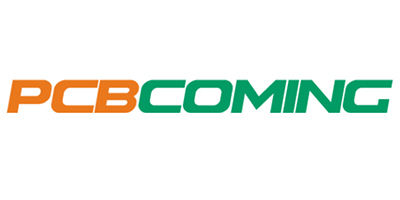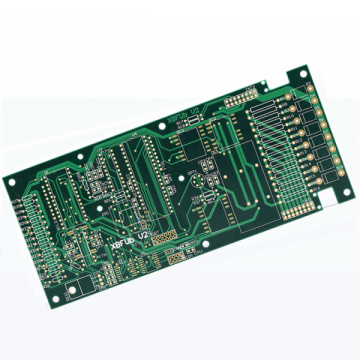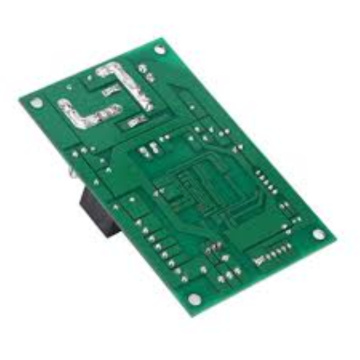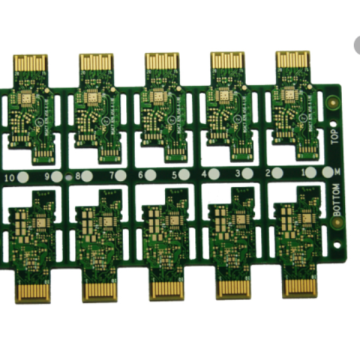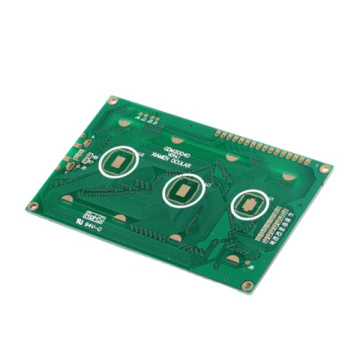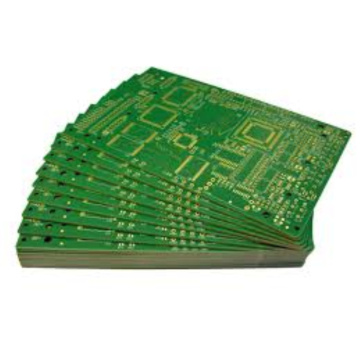
PCB and PCBA Product Assembly Service
-
$12.00≥1 Piece/Pieces
- Min. Order:
- 1 Piece/Pieces
- Min. Order:
- 1 Piece/Pieces
Your message must be between 20 to 2000 characters
Contact NowWhat is PCB assembly service?
The technology used to assemble the circuit board and its various components is called the mounting technology board assembly in the circuit. Depending on the application, cost, scale and other considerations, manufacturers use different types of installation methods. Here are some of the most commonly used techniques:
Surface mount components
Surface mount component (or surface mount technology, also called SMT) is a method in which electronic components standing on the PCB are directly connected to the surface of the circuit board. The final circuit board is called a surface mount device (SMD). This technology was originally called "flat mounting".
Most of the electronic boards currently produced are manufactured using SMT. Because of its increased circuit density and ability to produce results on smaller circuit boards, it has replaced the more traditional through-hole technology (more on the next point). Generally, SMT uses solder to connect the components to the circuit board, but in some cases, adhesive spots can also be used on the second side to keep the components in the reflow oven.
Board through hole components
Through-hole technology (also called "through-hole") is a mounting technology in which electronic components are inserted through holes built into the circuit board and then soldered to the pads. Welding can be done manually or using a plug-in installation machine.
Through hole technology replaces the traditional point-to-point structure. As double-sided and multilayer boards become more and more popular, through holes are becoming popular. It is used to connect the component and the conductive layer to ensure the normal operation of the circuit board. These components are equipped with leads to connect to the other side of the through-hole board.
In contrast to the SMT method, the through-hole technology provides greater cohesion for the circuit board assembly because the unit is placed through the circuit board itself.

Electro-Mechanical components use electrical and mechanical units to cover a wide range of functions such as generating electricity, controlling switches and other mechanical tasks. Since electromechanical components are often used in applications with complex wiring and components, the components need to be put together manually.
Therefore, it can usually be time-time consuming. However, major manufacturers like RayPCB like us, use this technology and break down the process into individual market segments and use experts in each segment. Therefore, we can shorten the lead time.
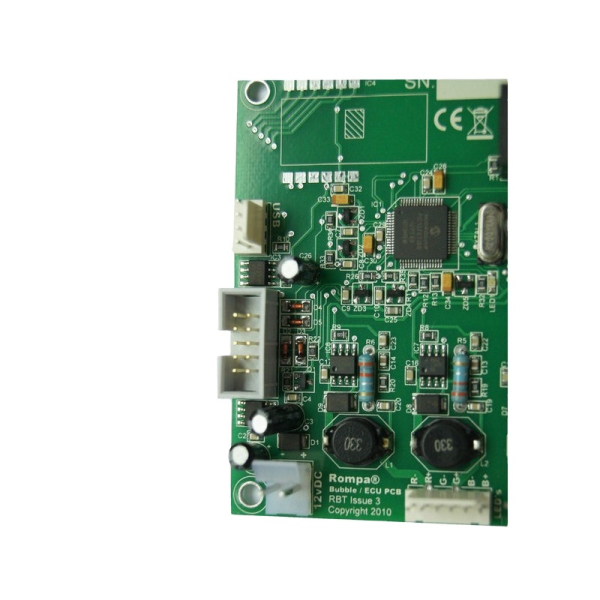
Surface mount technology is most commonly used in personal computers and is still in use. It is one of the most widely used technologies in the electronics field and is widely used in consumer electronic products, including smart phones, computers, TVs, microwave ovens, etc. But before SMT was introduced, it was a through-hole technology that dominated the personal computer market.
In fact, IBM was the pioneer of this process and pushed it to the mainstream. Currently, through-hole technology is more used for larger components, such as electrolytic capacitors and semiconductors, because it can hold components better than SMT.
Electromechanical components are due to their versatility in power-enhancing mechanical functions, and are usually used for AC and DC power distribution, computer interfaces and control systems.
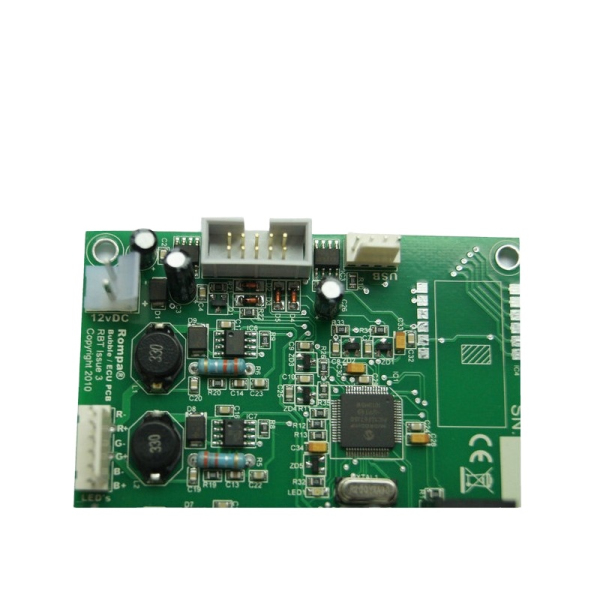
PCB is a very close and dear part of our contemporary life, although we still haven't noticed it. Over the past few decades, the technology for effectively assembling and installing components has rapidly developed into a fast-to-point structure from through-hole to SMT. In addition, each has its own advantages and disadvantages, making them very suitable for certain tasks rather than others.
Related Keywords

